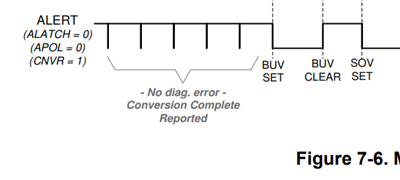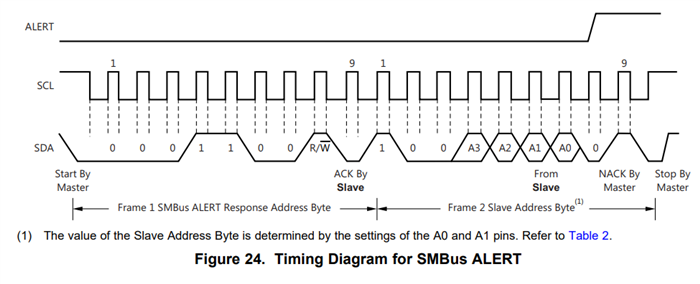Other Parts Discussed in Thread: INA226
Tool/software:
Hello, I would like to understand conversion complete flag behavior in INA228.
We have configured the INA228 in continuous mode and enabled the conversion complete event. So, whenever the ADC complete, the ALERT pin will give us trigger that data is ready and CNVRF flag in DIAG_ALRT register. Do we need to clear the CNVRF flag in DIAG_ALRT register or it will clears automatically by reading the current/ voltage registers? I am assuming that it will gets clear by reading current/ voltage register. Please correct me if I am missing anything. Thanks in advance for your support and help.
Best Regards,
Ankit






